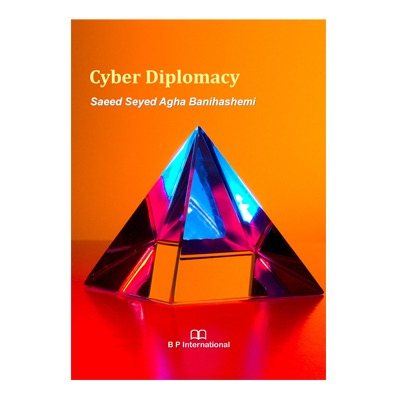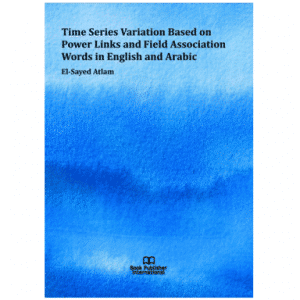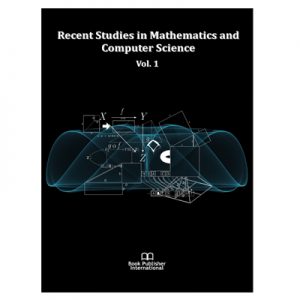Information technology has gained widespread influence in other disciplines in the past decades. Today, it is no longer possible to name a scientific trend in which information technology has no role, in many ways the concepts of various sciences are linked to the terms of information technology. For example, learning and e-learning, commerce and e-commerce, diplomacy and cyber diplomacy, and so on are field of information technology to other disciplines. In the last two decades, governments policy-making has also been mixed with technology. The government’s efforts to access e-government facilities are seen in this regard. Ministry of foreign affairs of State will not be free of the widespread influence of information technology. Therefore, part of the ministry’s activities are related to information technology. The school of International Relations, which has been around for more than a hundred years, is one of the most important diplomatic training centers in the country, focusing on the task of training efficient forces for its respective ministries. Therefore, the Dean of the institute proposed to develop a textbook on Cyber Diplomacy in order to keep students updated.
This book seeks to draw on the experiences of three years of mission as Ambassador of the Islamic Republic of Iran to Budapest, Hungary, which was in the most difficult of sanctions. Therefore, in no book or pamphlet one can find such experiences. Given that no textbook has been written in the subject so far, it is certainly possible that suggestions and criticisms can have an impact on scholarly richness and be considered in later prints. Finally, I would like to thank Dr. Mohebbi for his scientific work, Mr. Kurdi from Qom University, Mr. Farid from Amol University, and Ms. Tayebi from Azad University for producing this book.





